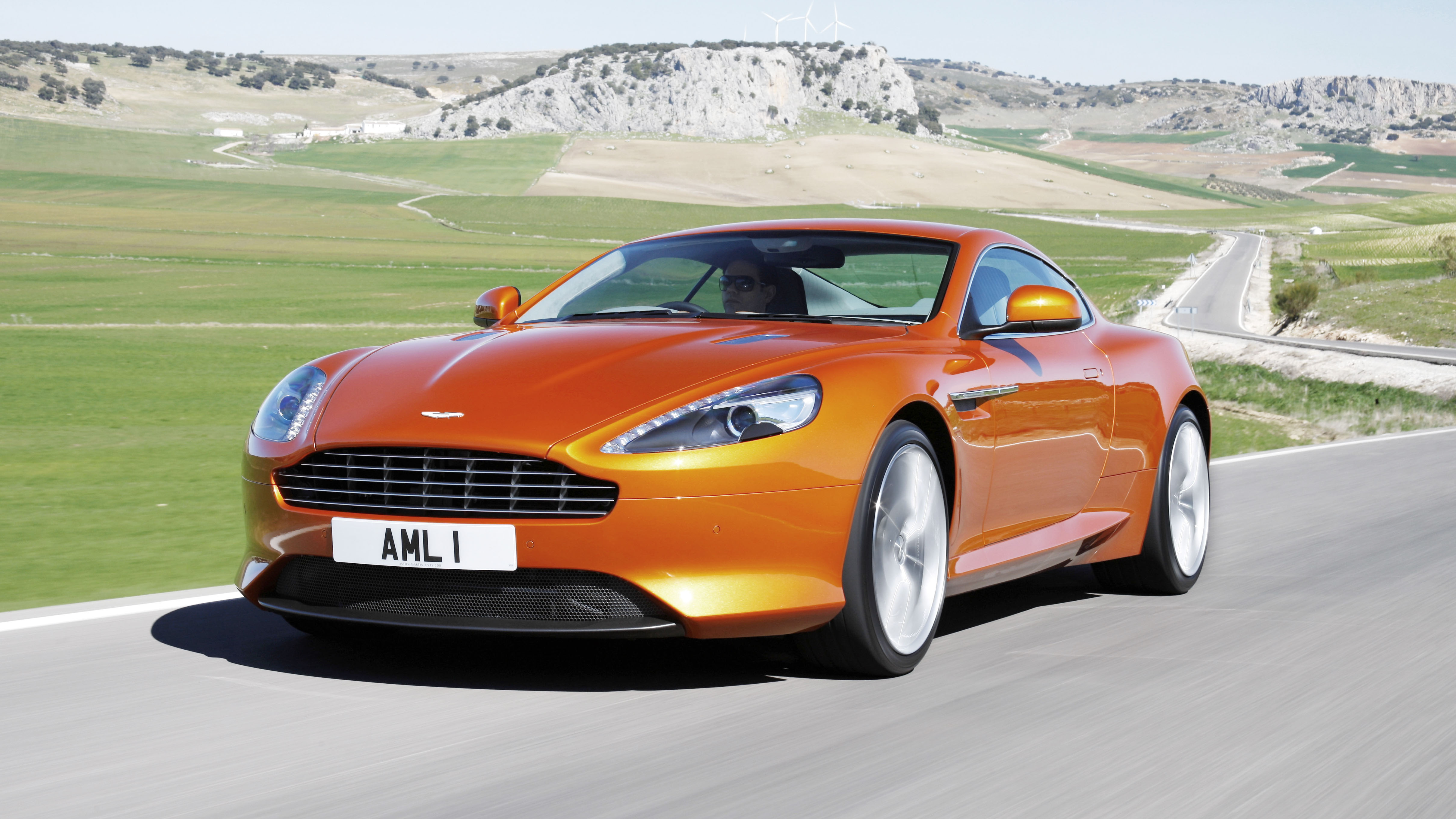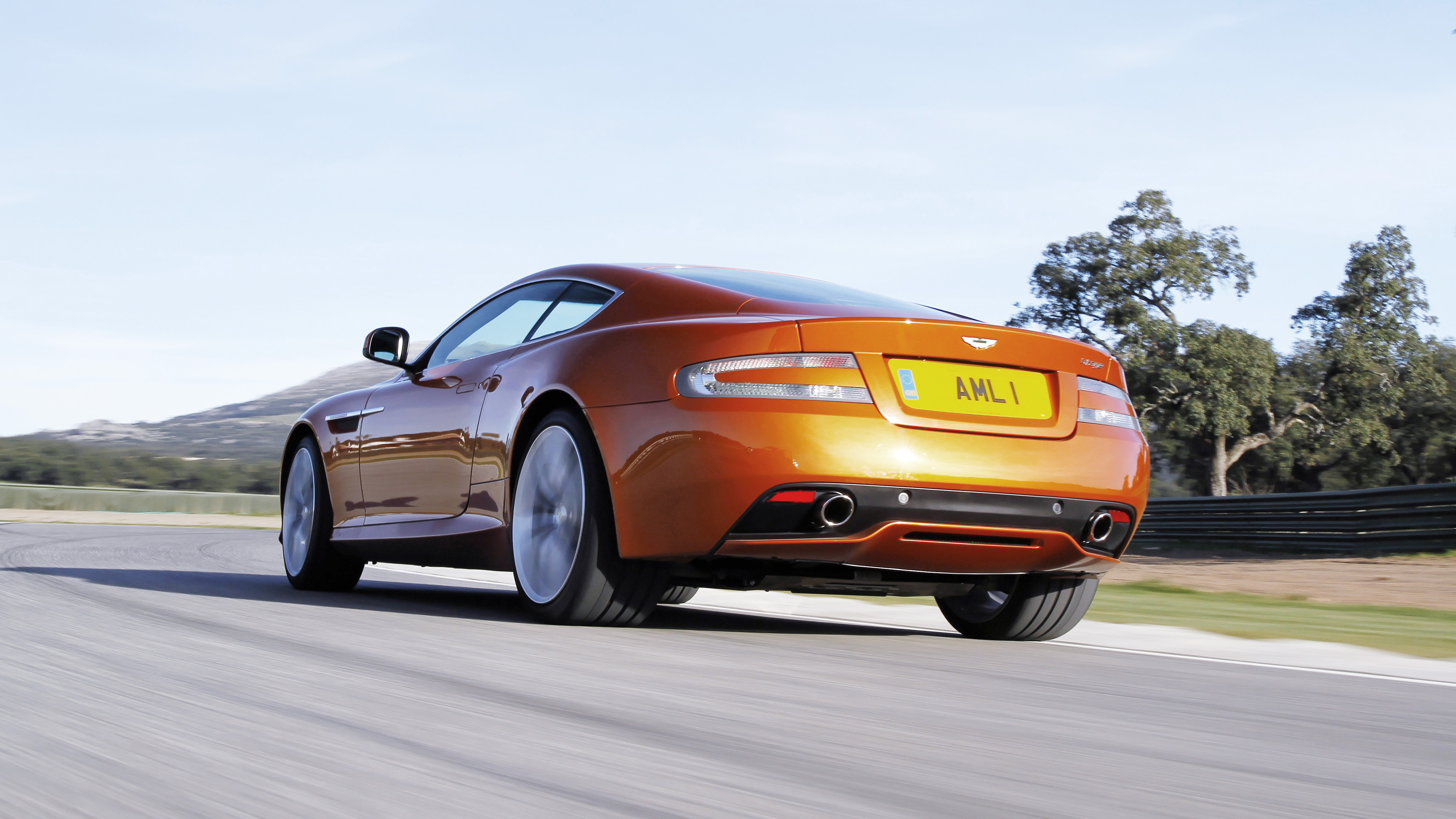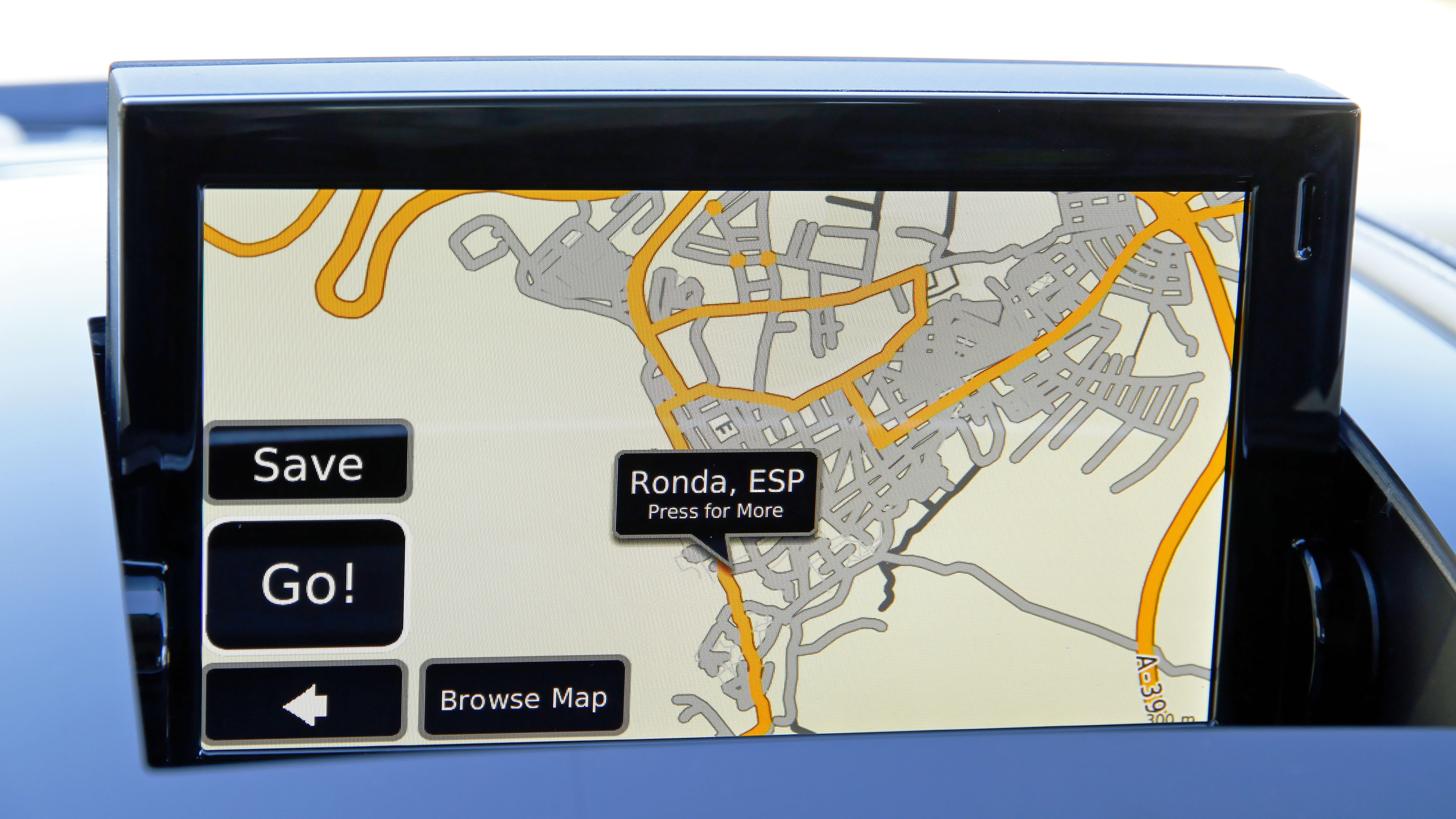
Retro review: the Aston Martin Virage
This review first appeared in Issue 216 of Top Gear magazine (2011)
The Virage is Aston Martin’s CD moment. Back when the CD first appeared in the early Eighties, it wasn’t intended to replace the cassette but sell alongside it as a premium product. But we all knew that the cassette was marking time. The digital revolution had started.
For cassette, read DB9; for CD, read Virage. The Virage is meant to split the DB9 and DBS, offering the elegance of the DB9 with the performance of the DBS. Aston insists it will continue to build the DB9. After all, the company points out, the £125,050 DB9 is bound to be much cheaper than the Virage (no price yet, but best guess is £150k) and is still selling well – about 1,000 last year, nearly a quarter of all Astons sold.
But this is what the record companies told us in the Eighties – and look how quickly the cassette died out. The same could happen to the DB9. Not because it’s becoming unpopular (although it’ll be interesting to see if DB9 sales hold up this year) but because the Virage is so much better. If you’re in the market for a DB9, you really should take a long, hard look at the Virage.
Handsome, isn’t it? The proportions are pure DB9, and that’s to be expected. But the Virage looks tougher – the sills and skirts have been bolstered, the grille is ever so slightly wider, the headlights are borrowed from the Rapide and there’s a subtle rear diffuser. The overall effect is to add visual weight low down, a mere suggestion of extra sportiness. But it’s worth knowing that in their quest for perfect lines, the designers have carefully massaged every single body panel, bar the roof and boot.
Every time an Aston is facelifted, everyone wonders what the design team did, but those same people still adore the end result. The brand’s design is evolving, and it’s still absolutely gorgeous, so where’s the issue? If it ain’t broke...
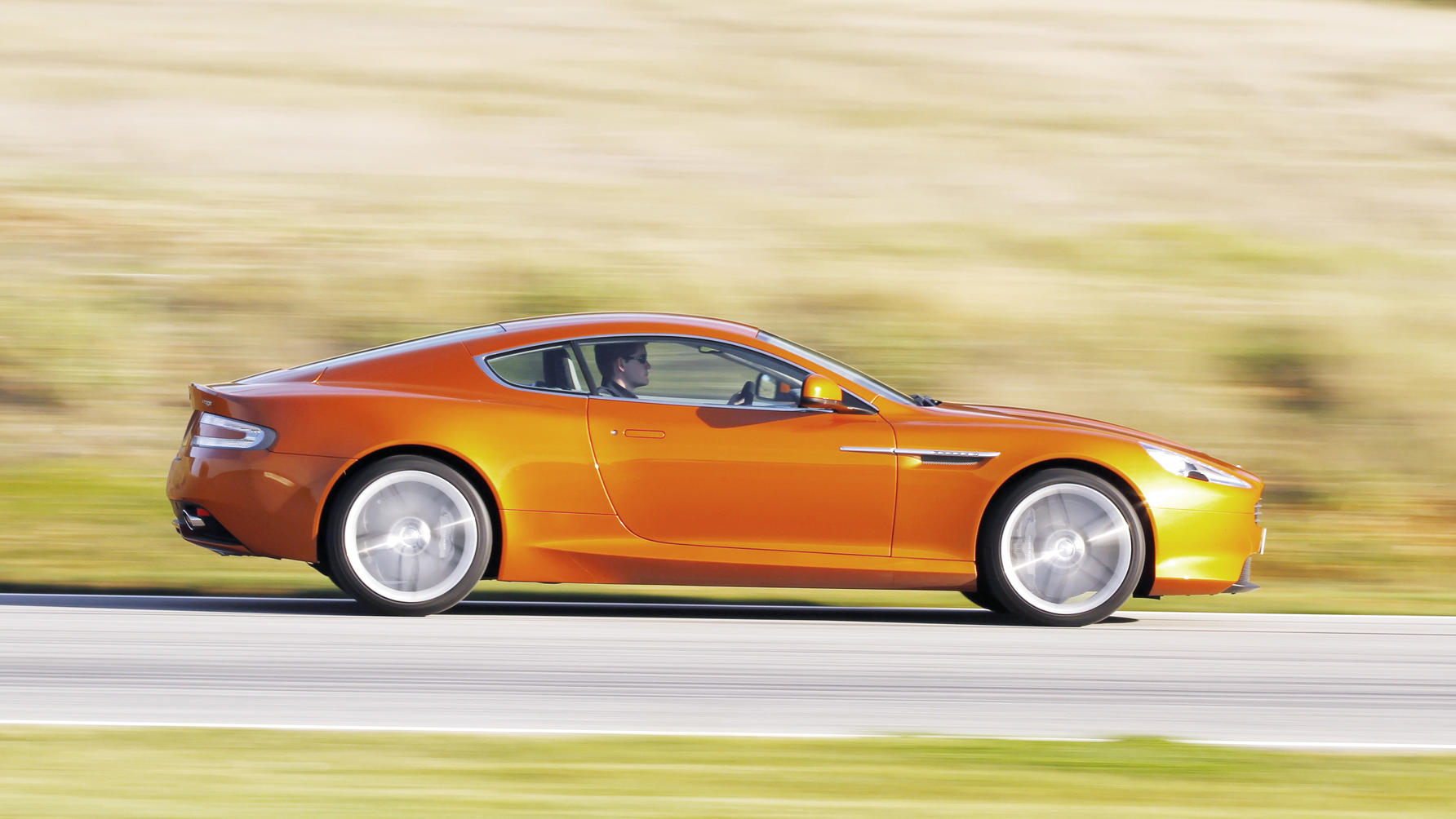
Step into the Virage, and you’re greeted with a DB9’s interior. Or a DBS’s. Which is fine, but there was scope for Aston to be bolder. A customer who bought a DB9 in 2004 is going to be met by exactly the same interior when they spec their 2011 Virage and might rightly feel hard done by. Sure, build quality is improved, but in that first glance around the cabin, everything looks exactly the same as it did seven years ago. Things need to move on.
But then, just as with the bodywork, you start to notice subtle differences. The quality of the materials is better, for a kick-off. The DB9 makes do with clear plastic on the switchgear; the Virage has real glass. All of the controls for the electric seats are machined out of metal in the Virage, and the satnav is now made by Garmin. This is a huge improvement on the old system. That was pinched from Volvo, a legacy of Ford’s ownership of both companies, and it was a complete pain – fiddly to operate and becoming ever more outdated. Garmin’s unit, which tilts out of the top of the dash, is not only a much better satnav, but is also more in keeping with the rest of the Aston interior. Even the graphics look smarter.
Underneath all this sits exactly the same aluminium architecture that underpins other Astons, with the same 6.0-litre V12 attached to the same six-speed torque-converter automatic ’box. Aston has worked on the V12, so it now produces 490bhp and 420lb ft, neatly splitting the DB9 and DBS power figures (470bhp and 510bhp respectively). 0–62mph takes 4.6secs, and it’ll hit 186mph. The final drive ratio has been shortened now, which means that the Virage should have more punch.
And this is a quick car – bang down a couple of gears, and things get very fast, very quickly – but if we were being picky, we’d like more torque, because you often find yourself swapping into a lower gear to experience the full force of that engine. It could do with more torque from lower down in the rev range – it’s responsive enough, but you feel like you have to work the gearbox a little bit harder than necessary to harness all that V12 power.
Top Gear
Newsletter
Thank you for subscribing to our newsletter. Look out for your regular round-up of news, reviews and offers in your inbox.
Get all the latest news, reviews and exclusives, direct to your inbox.
Equally, if you’re in a hurry, you’ll want the gearbox in manual and the sport button pressed. The button does three things: it alters some valves in the exhaust so that above 3,000rpm you get a much meatier engine note (although it never really screams like a Ferrari V12), it alters the mapping on the gearbox and it sharpens up the throttle response. It’s this last point which is the most important. Just to get technical for a second, pedal travel is reduced so you get the full range of engine response in 52mm of ankle flexing instead of 75mm. This one small 23mm change makes a hell of a difference – the whole car feels more alive and eager to respond.
Best leave sport unpressed when you want to do some GT loafing. The Virage does this job well, as the engine is loud enough to sound exciting, but not too obtrusive. Cross-continental motorway jaunts hold no fears.
And the ride is so good, too. Aston Martin seems to have experienced a moment of clarity when it developed the Rapide and undergone something of a suspension revolution. The cars now ride, steer and drive better than ever.
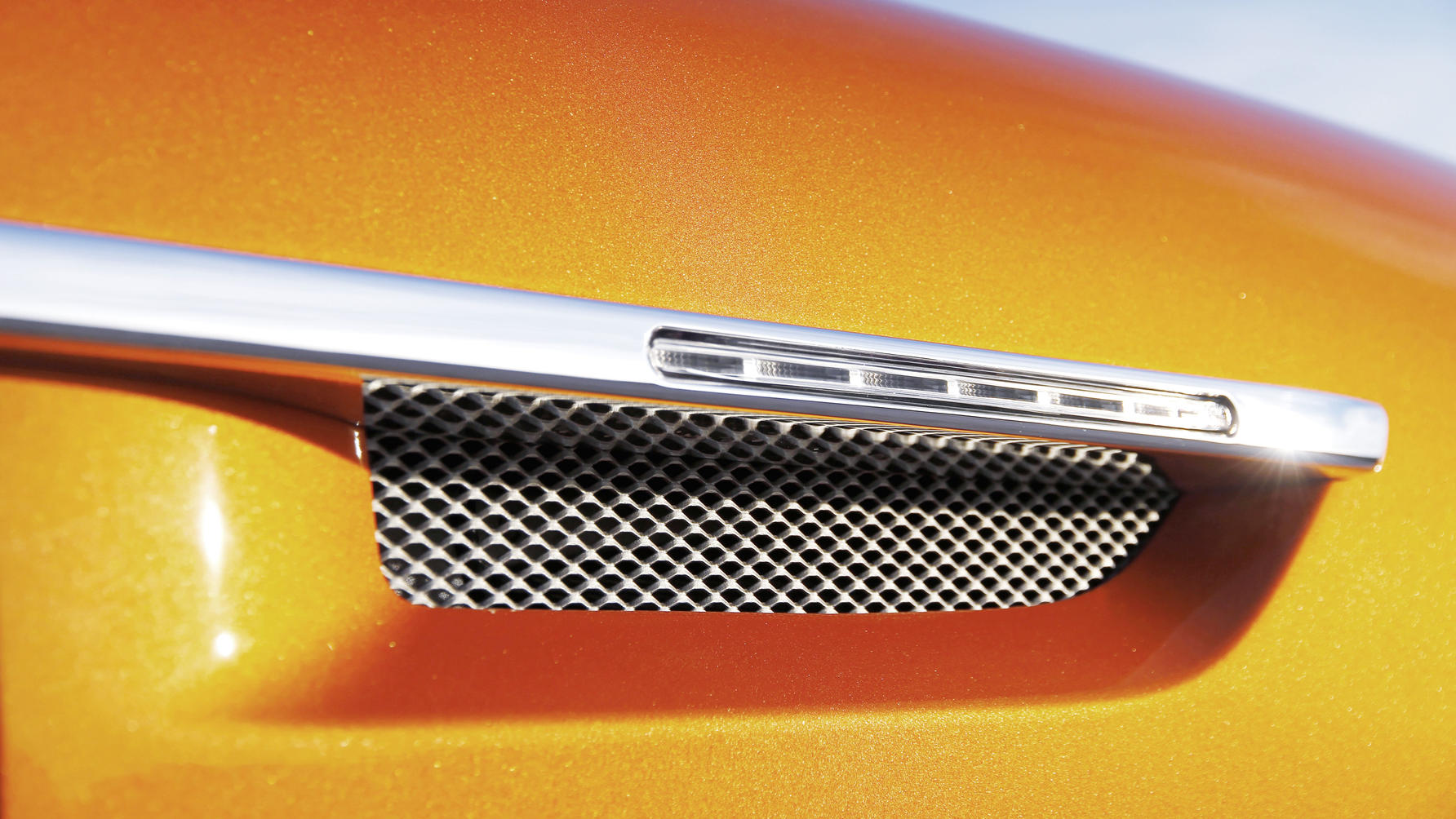
The Virage is still firm for a grand tourer – blame the standard 20-inch wheels for that – and it jolts if you hit really sharp bumps. But there’s a compliance and poise to the suspension, which means you feel much more relaxed driving quickly. It’s less skittish – the chassis now feels more able to handle the power, and there’s no hint of it trying to spit you into the nearest hedge.
How has Aston done this? Mainly thanks to the variable dampers, and specifically the software controlling them. It’s properly sophisticated. Previously, if you pressed the damper button, the suspension had only five set algorithms to choose from, and the car immediately jumped to the stiffest. Only then did it work out whether you actually needed that particular setting and back itself off. Now, pressing the damper button still stiffens the algorithms, but it defaults to the next most comfortable one and builds up from there as it sees necessary.
What all this means is that there isn’t such a marked difference in the ride quality if you press the damper button. You notice some extra tautness, but not much. Drive quicker, and the car seems to adapt again – roll and pitch is reduced, there’s less squat at the rear through fast corners, and the back end doesn’t squirm and porpoise around nearly as much as in the DB9. There’s still movement there, but it’s not off-putting – it doesn’t make you want to back off and slow down.
And even in its stiffer setting, the Virage still rides well. Better than any other Aston bar the Rapide, in fact. The steering isn’t the last word in feel, but it’s precise and you get a good sense of what the car is doing beneath you. Grip levels are also impressive. Despite the mass of that V12 lump pressing down on the front wheels, the Virage turns in well, and there’s a lovely, direct feeling to the chassis. The handling is snappy.
The same is true of the Volante version. It’s going to be £10,000 more than the Virage coupe, but it doesn’t suffer from much loss of rigidity. There’s a bit more shake through the steering, but the wind noise is well suppressed with the roof up. It’s a good job the wind deflector is standard, though – without it there’s a lot of disturbance coming back around the windscreen. And the lofty – those over six foot – will want to bear in mind that the top of their heads will be exposed to the wind coming over the windscreen. Even at 5ft 9in, my barnet was getting buffeted.
With both the Virage Volante and the coupe, Aston has created a terrific car. It’s certainly the pick of the bunch compared to the 9 and S, because its chassis and driving experience feel much more sophisticated. As the flagship model, the DBS looks safe from the Virage’s encroachment, but the DB9... well, Aston needs the variety in its model line-up to keep attracting customers in an ever-more competitive market. But if it were our money being spent, we know where we’d be putting it. Welcome to the digital revolution.
6.0-litre V12
490bhp, RWD
0-62mph in 4.6secs, max speed 186mph
1,785kg
£150,000
Featured

Trending this week
- Car Review
BMW 1 Series




